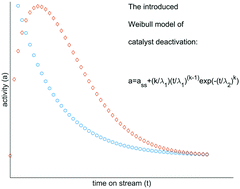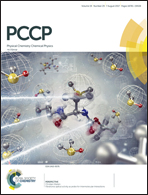Modeling the kinetics of cobalt Fischer–Tropsch catalyst deactivation trends through an innovative modified Weibull distribution
Abstract
Since the increase in clean energy demand is driven by environmental concerns, energy management is an ever-lasting issue globally. Among the different scenarios for energy manufacturing, the catalytic route through the famous process named Fischer–Tropsch Synthesis provides beneficial consequences including pollution reduction and economic efficiency, among others. In this regard, catalyst stability must be taken into account as a crucial performance parameter, especially in the expensive cobalt-catalyzed CO hydrogenation processes. As catalyst deactivation seems to be inevitable in catalytic processes, deactivation issues such as the extent, failure rate, or reactivation significantly influence the exploration, development, design, and operation of commercial processes. Accordingly, the deactivation trend of a cobalt-based catalyst was modeled via an innovative Weibull distribution base, which presents a significant advance over the existing macroscopic deactivation models. Being employed to obtain informative equations, the model parameters provide valuable information about the catalyst lifetime, which can be used as a useful predictive tool for industrial control purposes.



 Please wait while we load your content...
Please wait while we load your content...